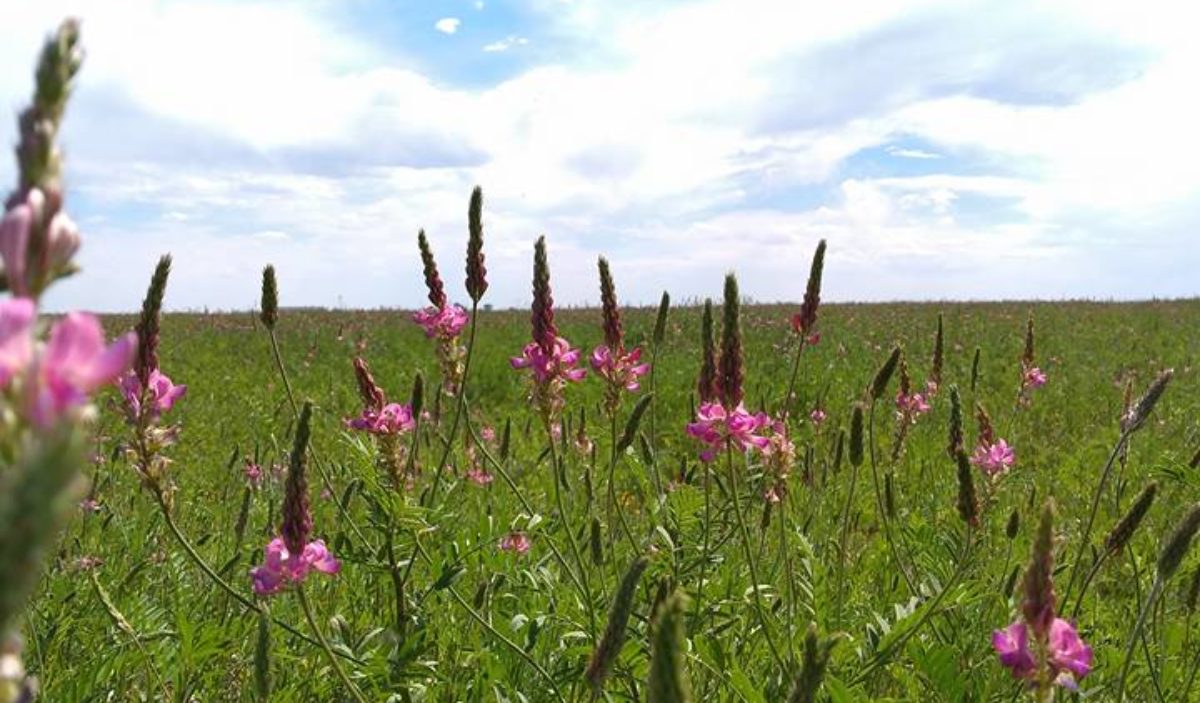Behold my propagation/seed starting winter garden. I have a lot going on. We only have 2 windows that get enough sunlight to grow plants. This is but 1 of them. What I have here is 2 Russian Pomegranates (black pots), lots of mint, Niagara grape cuttings being rooted, mulberry cuttings being rooted, Pineberry seeds that are hopefully growing, cold hardy kiwi that I most likely killed, tomato, Russian Almond (can’t see) and onion bulbs I was hoping to have go to seed before spring.
Now, allow me to break this process down.
Ebay, oh Ebay. I bought a ton of stuff off of Ebay. Most of them came in excellent shape as well.
 This is a mulberry I purchased off of Ebay. I bought 3 different kinds of Mulberry. I potted this one up and stuck it in the window. It now looks like this:
This is a mulberry I purchased off of Ebay. I bought 3 different kinds of Mulberry. I potted this one up and stuck it in the window. It now looks like this:
So have the Russian Almond bushes I have waiting in their cereal box planters
The grape cuttings are beginning to leaf out as well:
As are some of the unrooted Mulberry cuttings I’d purchased:
As you can see I have them in a sort of mini greenhouse. It is working just fine!
I haven’t taken any other pictures of my pomegranates. They have not done anything noteworthy since I got them.
I bought all of these things in mass, at once. So naturally they all arrived in the mail at the same time. This meant I had a busy evening ahead of me. Thankfully I have some very happy helpers.
Daughter is busily throwing dirt about, and occasionally getting it into a cup, while son is scarifying the hazelnut seeds for me.
Here they are. Pre-scarifying and then planted in their mini greenhouse, ready to go outside for stratification. They are outdoors now, placed in a new mini greenhouse as I broke the last one. I didn’t see any change in them. I’m hoping at least a few of them germinate. Who knows. I have a few grape seeds in there as well. I realize grape is said to be terrible to get from seed but I’m trying anyway as seen here:
I also bought some bamboo. It arrived very well packaged. And is doing quite well situated in our other available window. The great pyr tolerates many things, odd plants stuck in his food dish are just part of the package.
Here are a few pics of the mint I’m propagating. We have a lot of bare land so I have no problem sporadically planting mint about and seeing what happens.
Now for some of my odder projects. I get throw away produce from a local grocery store for my poultry. Whenever I’m sorting through and find something good I always try to see if I can save it. These carrots are part of that. They are organic carrots and I’m hoping to allow them to go to seed. They are doing marvelously. I started them in wet paper towels and when I saw enough roots I planted them into cups. I think I’ll just leave them in the cups now. I did the same with some onions. The onions are less pleased with my treatment though. I don’t know that I’ll get anything from them.
Some thyme that was also a grocery store save.
I also made my own rooting hormone from willow this year.
I will share my secret. I cut up willow, put it in a used Starbucks drink jar with water and then forgot it. Voila!
Quick look at my tomato seedlings. Just milk jugs with toilet paper rolls. They are doing well so far!
Stay tuned for my tree seed post and my outdoor winter gardening post. This just got too long to include anything else.

























































































